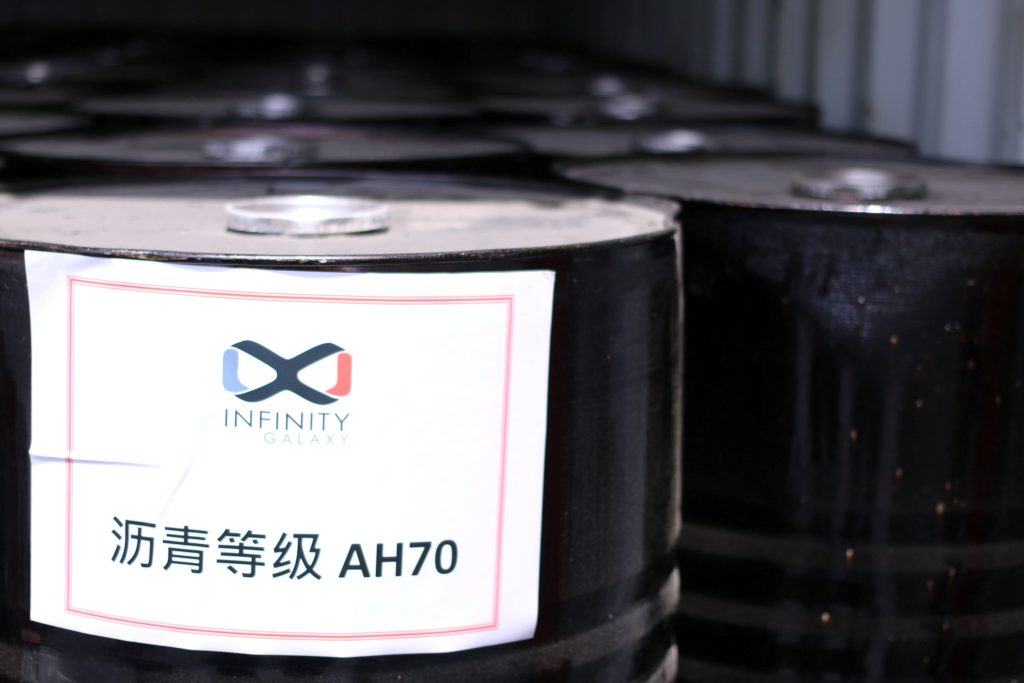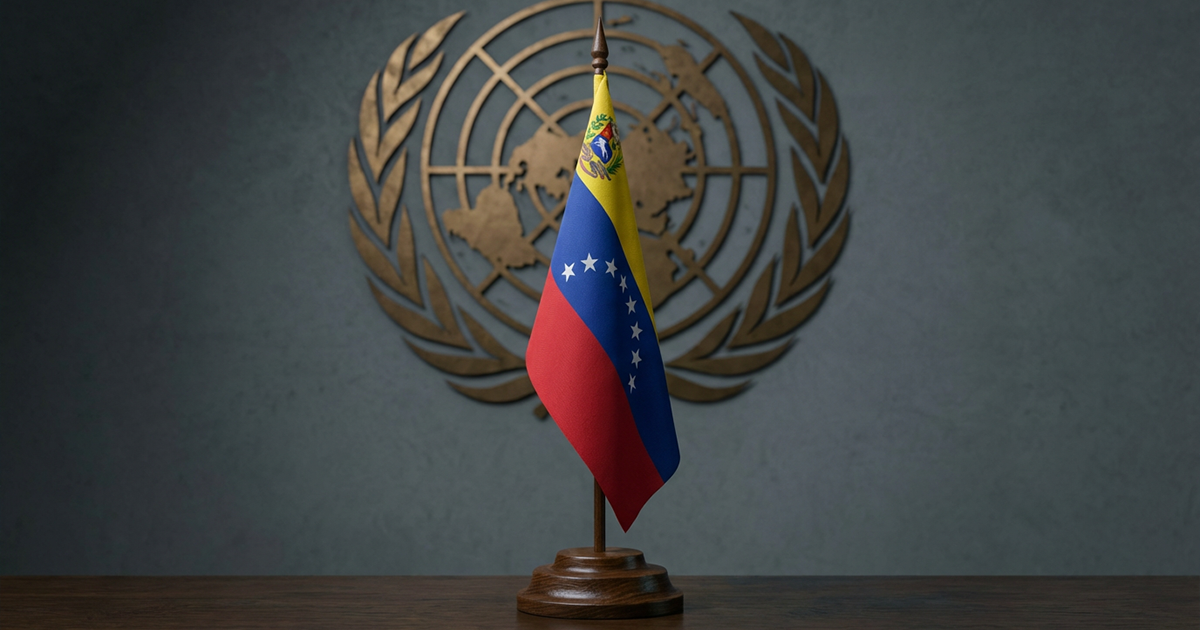Weekly Bitumen Report: Tariffs, Key Factors in Financial and Commodity Markets

By the intensification of the trade war between the main 2 economic powers in the world, once again, Donald Trump increased tariffs against imported goods from China to America and accused China of “disrespect”. These tariffs presently reached 125%. China had previously announced that it would increase the tariffs of imported goods from America up to 50% as a retaliatory action. As a result, the goods that are being exported from America to China will face a tariff of 84%.
Additionally, in his social media, Donald Trump stated that he would postpone the implementation of tariffs for 90 days for the countries that had no reaction against the tariffs. The U.S. president said that the level of tariffs in these countries will decrease to 10%. China, which is facing a 125% tariff, previously accused the United States of “bullying” and emphasized that it will not back down.
At the same time, the members of the European Union voted positively for the reciprocal tariffs on imported goods from America.
On April 7, the stock price indices in Asia and the Pacific markets, from Shanghai to Tokyo and from Sydney to Hong Kong, decreased to a level not seen in previous decades. The European markets observed the fall in stock price indices. The stock of banks and companies related to the defense industries experienced the largest decline in share prices. In America, the stock markets faced the worst one-day fall since the outbreak of COVID-19 in 2020. These critical conditions led to the drop of Brent crude oil and WTI up to $60.44 and $57.12, respectively, which is the lowest possible level in the last 4 years.
Goldman Sachs predicted that Brent crude oil and WTI will drop to $62 and $58, till December 2025. These predictions are based on assumptions regarding the avoidance of an economic recession in the United States and an increase in average supply from OPEC+.
On Thursday, crude oil price recovered to $65 by the announcement of the 90-day postponement in tariffs by Donald Trump.
Singapore’s 180CST faced frequent drops during the last week, and on April 9, it reached $392. Bitumen prices in Singapore and South Korea faced some drops and closed at $405 and $395, respectively.
In Bahrain, bitumen prices are still fixed at $420, and the range of bitumen prices in Europe is fluctuating at $420-460. However, we should expect a recession and a decline in prices, considering the recent changes.
Bitumen price in India, which was following an upward trend, will probably face a decline. However, its drop is not clear considering the oil price changes and US dollar equity against Indian Rupees.
In Iran, in the first competition for vacuum bottom, there was intense competition of over 30% among refineries for purchasing vacuum bottom. However, as the week progressed, global oil price news and reports regarding negotiations between Iran and the United States affected both the exchange rate of the dollar against the rial and led to fear in the market due to the instability, causing the range between the lowest and highest prices of bitumen to rise again above 20 dollars.
For the time being, Trump’s tariffs on the global economy and oil prices can be the most effective market component. We must wait for the effects of the new trade war between the United States and China.
To check the latest bitumen prices at different destinations, check the Infinity Galaxy website: https://infinitygalaxy.org/bitumen-price-today/.
This article was prepared by Razieh Gilani, the export manager of Infinity Galaxy.






